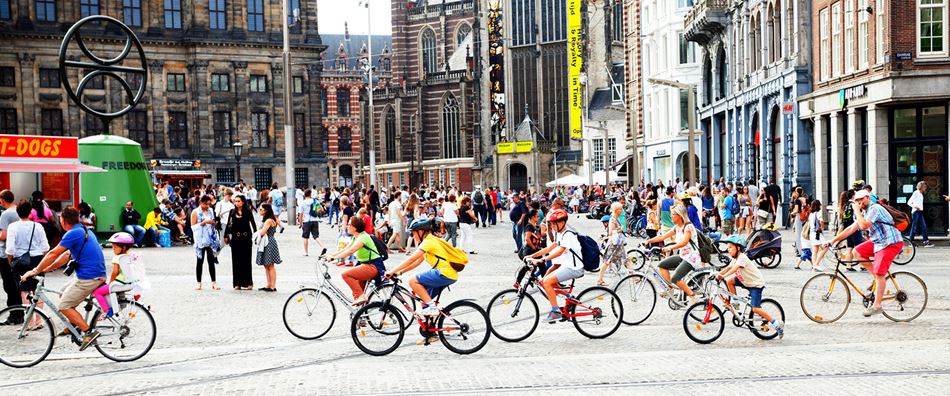In an ever urbanising world, the social benefits of increased cycling are well established. From personal fitness to reduced pressure on mass transit networks, cycling has many net positives. But often city policies fail to support widespread use of bicycles. I believe we can change this by focusing on latent demand and the barriers to cycling that people cite.
A report from the London School of Economics has defined the latent demand for cycling as being those consumers with a desire to get into cycling which they’ve thus far been unable to satisfy. Sport England’s Active People survey in 2009/2010 identified 2,215,700 ‘latent’ cyclists in England – a growth of 6.6% in two years. Recent successes in cycling in the 2012 and 2016 Olympics are further expected to increase latent demand for cycling.
Safety remains a major barrier. Research from Portland, USA, classifies four types of cyclist: the ‘strong and fearless’ who cycle everywhere and anywhere; the ‘enthused and confident’ who cycle but only on roads where they feel relatively safe; the ‘interested but concerned’ who would like to cycle but are put off by road conditions; and the ‘no way, no how’ group, who simply do not want to cycle at all. The latent demand for cycling is considerable, 60% of people identifying as ‘interested but concerned’. Mass cycling is possible but we must listen to the concerns of this group and design our cities and streets to accommodate them.

Transport for London research carried out in 2011 established that safety concerns are most likely to be cited as a deterrent to increasing/taking up cycling, with 90% of those surveyed reporting that traffic makes them afraid of cycling on London’s streets. Safety was a deterring factor for 69% of those considering taking up cycling.
We can draw many lessons from countries like the Netherlands, where half of all trips made are by bike, a reflection of the high quality infrastructure provided by their ‘Sustainable Safety’ approach to road design. Years of supportive policy making have led to widespread confidence in and adoption of cycling. Indeed, according to Dr Rachel Aldred, Reader in Transport at the University of Westminster, research shows that Dutch women of 80 are 80 times more likely to cycle than their British counterparts.
To enable cycling, London has moved beyond simply painting blue cycle lanes on busy roads to creating fully segregated cycle superhighways. Today nearly as many trips are made each day in London by cycle as by passengers on Dockland Light Railway and Overground trains added together.
Physical infrastructure isn’t the only consideration however. Adapting cities to cope with increased and safer cycling requires thoughtful planning around local community needs, the business agenda and many other factors. For this reason community-wide liaison is vital, taking the time to hear from all stakeholders can mitigate issues while building ground-up support for cycling.



